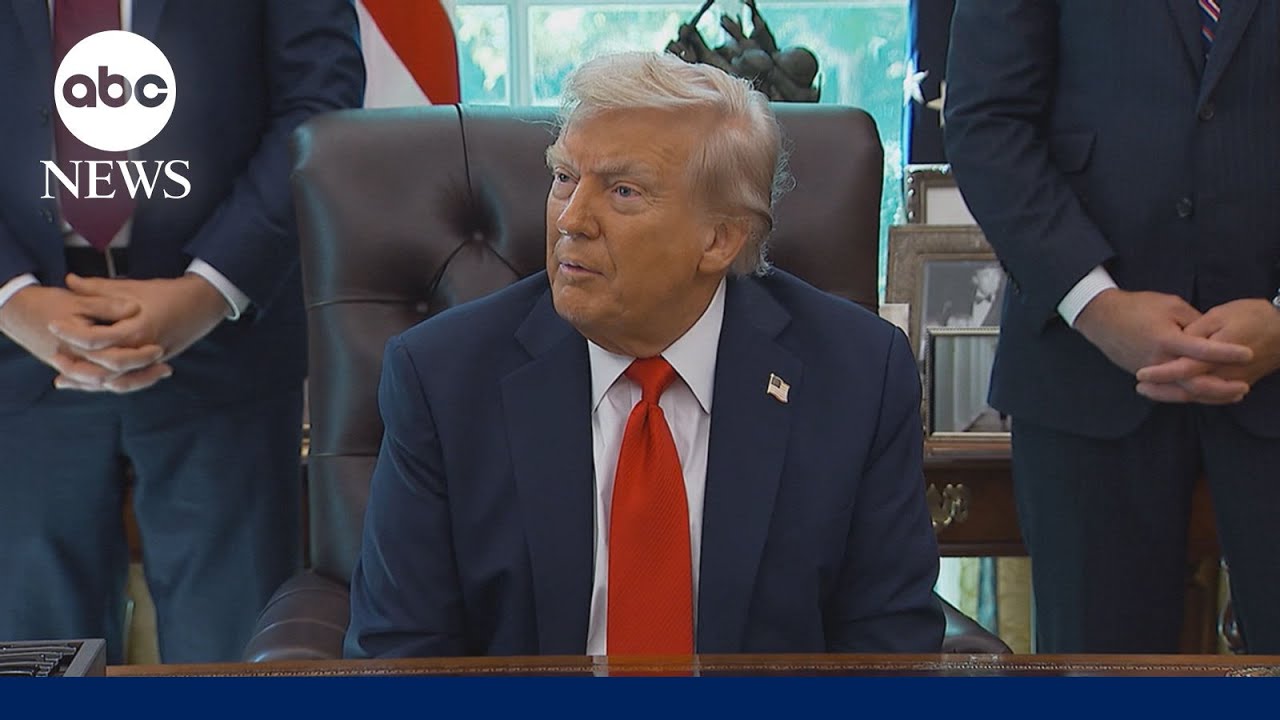As global tensions continue to rise, former President Donald Trump has once again threatened to impose tough new sanctions on Russia. His announcement comes just days before his scheduled visit to the United Kingdom, where leaders are expected to press him on the escalating conflict in Eastern Europe.
President Trump’s latest threat focuses on targeting Russia’s oil exports, a move he conditions on full NATO agreement. In a recent statement, Trump posted, “The purchase of Russian oil by some has been shocking. It greatly weakens your negotiating position and bargaining power over Russia.” He further declared, “I’m ready to go when you are. Just say when,” signaling strong frustration with the current handling of the situation.
However, analysts remain skeptical. In the past, Trump has repeatedly made similar threats without taking concrete action. This has led many to view the latest announcement as more of a political maneuver than a decisive policy shift. With several NATO countries still purchasing Russian oil and gas, consensus on such sanctions appears unlikely, raising concerns that the threat could again remain unfulfilled.
Adding to the geopolitical complexity, Trump also called for NATO members to impose steep tariffs—ranging from 50% to 100%—on China. His reasoning: China has a significant grip over Russia, and imposing tariffs could help sever that connection. This suggestion follows closely on the heels of a high-profile meeting between Chinese leader Xi Jinping and Russian President Vladimir Putin in Beijing, which signaled growing ties between the two nations.
The timing of Trump’s statement coincides with heightened military tensions in the region. Just days prior, NATO scrambled fighter jets to intercept over a dozen Russian attack drones that violated Polish airspace. Although Trump hinted that the incursions may have been a mistake, Polish officials insisted the actions were deliberate provocations.
Further escalating concerns, Russia and Belarus began conducting major joint military exercises near the Polish border—a strategic move seen as a show of force aimed at NATO. These maneuvers come as NATO allies grow increasingly alarmed by Russia’s aggressive actions and unwillingness to engage in diplomatic resolution.
During this period of rising tensions, the stakes could not be higher. Martha Raddatz, ABC’s Chief Global Affairs Anchor, pointed out that during her recent visit to Ukraine and Poland, the conflict appeared more intense than ever. “The biggest Russian drone launch in this war’s history happened while I was in Ukraine,” she reported, adding that Ukrainian President Volodymyr Zelensky is demanding stronger sanctions, arguing that “pressure must remain on Vladimir Putin.”
Beyond the international stage, domestic concerns also occupy the spotlight. In the United States, the political climate has been deeply shaken by the assassination of conservative activist Charlie Kirk. Utah Governor Spencer Cox strongly condemned political violence, asking whether the country should escalate conflict or find a peaceful resolution. His words resonated deeply: “Do we escalate, or do we find an off-ramp?”
As President Trump prepares for his summit in the UK, global leaders and citizens alike are watching closely. The repeated threats of sanctions, the strategic military exercises, and the deepening alliance between China and Russia mark this as a critical moment in international relations.
While Trump’s calls for united NATO action and strong tariffs on China reflect growing frustration with the status quo, questions remain: Will these threats turn into real policy? And can the international community unite against rising authoritarianism?
One thing is clear—this period marks a pivotal point in global politics, and the world is watching what steps come next.
